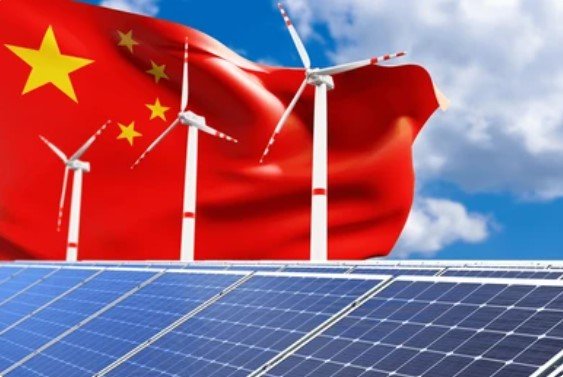By Mr. Obaid Ayub:
Director, House of Elaan & Member, Board of Experts – Pakistan Research Center for a Community with Shared Future (PRCCSF), Islamabad
In 2024, China has emerged as a global leader in climate action, setting an example for the world through its commitment to reduce greenhouse gas emissions, accelerate clean energy innovation, and promote environmental sustainability.
China’s climate strategy is not just about domestic reform—it is about global leadership. Through partnerships, technological breakthroughs, and policy innovations, China is shaping a sustainable future for all.
China’s National Climate Action Program:
China launched its National Climate Change Program in 2007, marking the beginning of an ambitious journey toward environmental sustainability. This framework focuses on reducing greenhouse gas emissions, promoting renewable energy, and fostering technological innovation.
In 2024, China continues to strengthen this program by:
-
Investing in renewable energy sources like solar, wind, and hydropower.
-
Advancing electric vehicle (EV) production to reduce transport-related emissions.
-
Developing carbon capture and storage (CCS) technology to mitigate industrial pollution.
-
Expanding carbon trading programs to encourage industries to adopt greener practices.
Renewable Energy: The Heart of China’s Climate Strategy:
China is the world’s largest producer of renewable energy. By the end of 2023, China had:
-
Installed over 250 GW of solar photovoltaic capacity, making it the global leader in solar energy.
-
Reached 300 GW of wind power capacity, the highest in the world.
These massive investments have reduced China’s dependence on fossil fuels and accelerated the global shift toward clean energy.
Electric Vehicles and Battery Technology:
China is also at the forefront of the electric vehicle revolution. The government provides subsidies and incentives for EV production and adoption, resulting in rapid growth in the market. Chinese EV brands like BYD and NIO are now globally recognized for their innovation and affordability.
Moreover, advancements in battery storage technologies are helping stabilize renewable energy supplies, ensuring efficient use of solar and wind power.
Carbon Trading and Emissions Reduction:
In 2021, China launched a national carbon trading system (ETS) covering over 2,200 companies in sectors like power generation, cement, and steel. This program places a price on carbon emissions, motivating companies to adopt cleaner technologies and reduce their environmental footprint.
Greening China: Forests and Biodiversity:
China’s climate strategy also focuses on reforestation. Programs like the Grain for Green Project and the National Forestation Initiative aim to absorb carbon dioxide and preserve biodiversity. These efforts help offset emissions while improving the environment.
Climate Resilience and Disaster Management:
China understands the need to adapt to climate change. The country has implemented flood prevention systems and disaster management programs, especially after the 2021 floods in Henan province. These measures protect vulnerable communities and build long-term resilience.
Global Climate Diplomacy:
China is not acting alone. As a signatory to the Paris Agreement, the country actively participates in global climate negotiations. Through initiatives like the Belt and Road Initiative (BRI), China promotes sustainable infrastructure development and low-carbon growth across regions.
A Visionary Path Forward:
China’s climate actions offer a visionary blueprint for other nations. Through a combination of bold policies, technological advancements, and international cooperation, China is driving the world toward a greener and more sustainable future.
As the world looks beyond COP27, China’s proactive climate leadership provides hope and inspiration for global environmental efforts.





